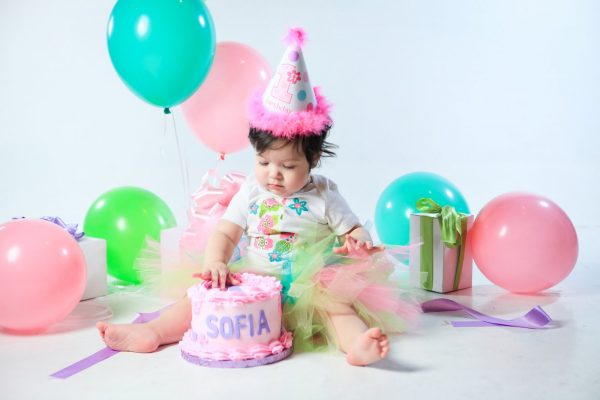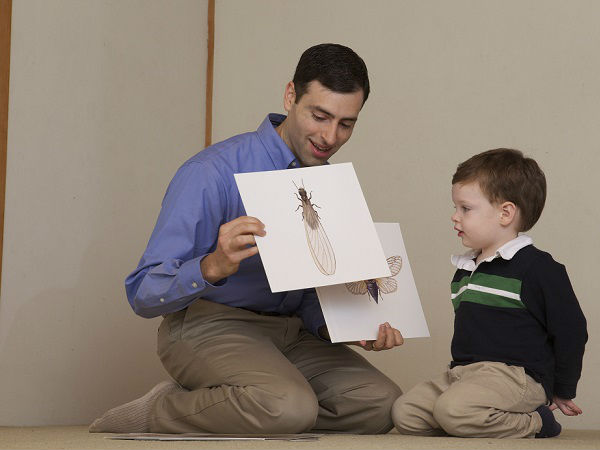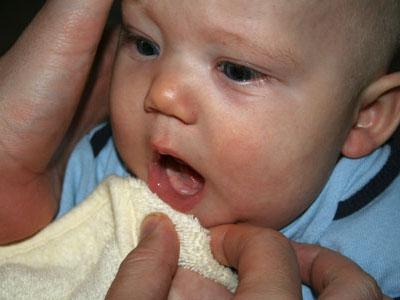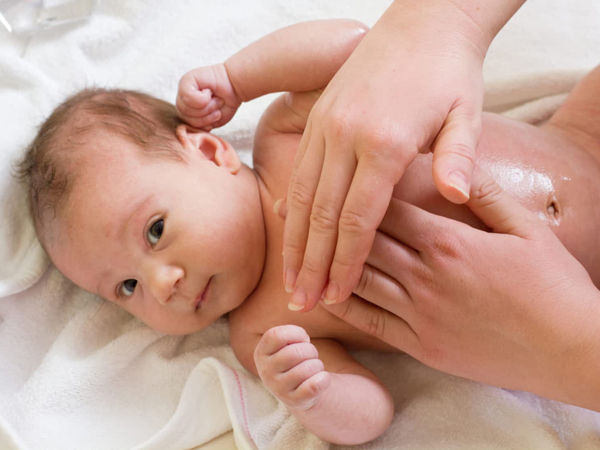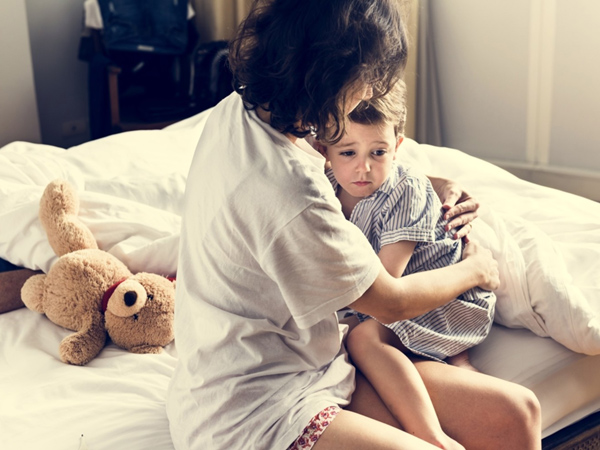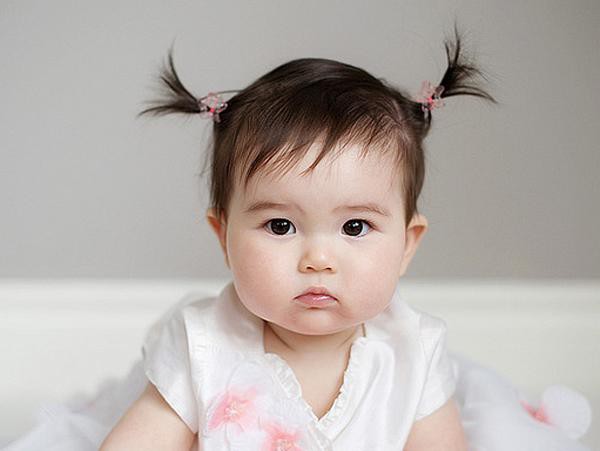Have you ever heard or wanted to try to put your baby to sleep using the "let baby cry" method? If the answer is yes, you should review. Although this method helps mothers not to wake up in the middle of the night to calm their babies to sleep, according to some experts, the harm that this method causes "far outweighs" the benefits they bring.
"Cry-it-out", also known as "Let your baby cry" is a method of teaching babies to sleep on their own, first introduced in 1985 by pediatrician Richard Ferber in his book, "Solving your sleep problems children ”of themselves.
According to Richard Ferber, if given the opportunity, self-sleep is a skill he can learn during his development. Crying is not the last "destination" when mothers apply this method, but just a "stop" on the child's training path. Because while training your baby to sleep on its own, it is inevitable that your baby will cry or scream.
If successful, mothers who apply this method will not have to "wake up" in the middle of the night to calm their babies back to sleep every time they wake up. It is the babies who will complete this “process”. Babies that follow this method will be able to coax themselves to sleep again.
Interestingly, however, in his recent interviews Richard Ferber expressed regret over the advice he had given him. He shared that he feels unhappy that child health experts are still encouraging parents to let their babies, very young babies, cry until they stop on their own. He also assumed that everything would be fine if the parents slept with the children.

Not every mother can succeed when applying the "cry-it-out" method of training for babies to sleep by themselves.
How does the "let the baby cry" method work?
First, let your baby cry for 5 minutes, then come to reassure him by soothing and comforting. However, do not pick up the baby.
Leave the room, and let the baby cry for another 10 minutes. Then come back to pat the baby again. This time, you let the baby cry for another 15 minutes. Continue this rule one more time. If the baby is vomiting , the mother can clean the baby, but leave the baby in the crib and continue with the Ferber method. Each time you leave the baby, take a little longer before coming back. Special note, this method is completely not suitable for children under 3 months old, mom!
With drastic babies, this crying will continue all night, but usually the baby will be exhausted and fall asleep after a few hours. When the baby wakes up later in the middle of the night, the cycle resumes. Most babies will eventually stop crying to their parents and fall asleep. And since she can't talk yet, the next morning, parents won't be able to hear her talk about her experience last night.
However, even if the parents are very determined, this method may not work for all babies. Some babies continued to cry violently for 7 consecutive nights. The case of a baby's middle ear infection is not uncommon, caused by congestion when the baby cries. In these cases, experts recommend mothers to suspend the Ferber method during the antibiotic treatment phase, then start over again. Also, because any change in daily life forces parents to respond to the baby's crying and then repeat the Ferber method another night, the process will be a repetitive tolerance. repeated for both babies and parents.

Practice for your baby to sleep on its own: Results of the method "let your baby cry" Let's hear what parents who tested this method say about its effectiveness.
The potential harms
- Cause feelings of stress and anxiety for children
The latest research shows that "letting your baby cry" without comforting it will cause long-term damage to your baby. According to this study, when the baby is left to cry alone, the baby's cortisol content will increase, causing anxiety and grief. Not only that, in the following nights, even when the baby is put in bed and doesn't cry, his cortisol content continues to increase. The researchers explained that this is a sign that the baby is stressed and anxious. But why doesn't the baby cry? Because he has been "trained", and he knows that no one will come.
- Effects on brain development
There have been many studies confirming that letting babies cry over and over again can cause some risk, and can lead to permanent changes in the brain and mental health problems. god in the baby's later life.

Finding the "killer" that kills your child's brain cells Immediately after birth, a baby's brain has formed a significant number of neurons, and within the first year after birth, the baby's brain develops. Develops at an astonishing speed, doubling in size at birth. However, from time to time, some habits and diets have ...
In her book The Science of Parenting, author Margot Sunderland cites many studies to reinforce her views that letting babies cry alone is prolonged and repeated. will reduce the optimal development of the brain.
Through a survey of infants' emotions, brain function and cultural differences, researchers at Harvard also confirmed that babies who were left to cry to sleep suffer from Long term damage to the nervous system. These children, when they grow up, are more susceptible to various anxiety disorders, including panic attacks, the researchers said.
It is difficult to evaluate research in this area because there are so many other factors influencing the way a baby develops. However, there is evidence that if crying for a long time and not comforted, baby's heart rate and blood pressure will increase, oxygen levels in the blood decrease, blood pressure in the brain spikes, depleting resources. The stored energy and oxygen also put pressure on the cardiovascular system. Cortisol, adrenalin and other stress hormones increase dizziness, disrupting the functioning of the immune and digestive systems. We can make a reasonable guess that if this is repeated many times, the baby will form a slightly different brain than normal, favoring the response of "Resistance, escape or paralysis". ("Fight, flight or freeze", an acute stress response).






